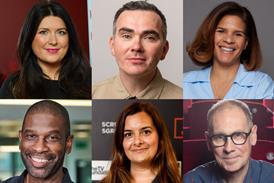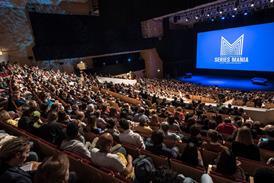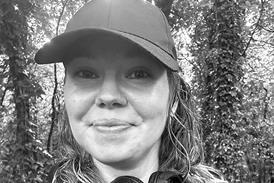Pair provided Buckinghamshire New University students with opportunity to take part in a virtual production shoot
![]()
Absen and Final Pixel partnered to give Buckinghamshire New University students the chance to take part in a virtual production shoot.
Working with BNU faculty, the pair provided Visual Effects and Games Art students with a live brief, followed by a four-month project and a two-week virtual production shoot.
Jonathan Dyson, virtual production director for Absen, worked with one of its PL2.5 LED screens to show students the uses of virtual production. Dyson said: “It gave us the opportunity to demonstrate this fairly new technology, highlighting the flexibility, ease of installation and cost effectiveness of the Absen PL Series. Absen virtual production LED screens have the range to create a large 25 – 30-meter curved volume, as well as a much smaller, twenty panel screen to film more basic shots – still with exceptional quality and performance, which the students observed throughout the training.”
Prior to the shoot itself, Final Pixel delivered a train the trainer program for BNU staff and faculty to help upskill and share industry knowledge and insights for use in their curriculum and provide students with a framework in which to build their projects.
![]()
It also provided a live industry brief and facilitated specialist support alongside the faculty, staff, and students during the four months of preparation. This mean students and faculty were able to deliver everything from the student’s pre-written scripts, 2D animatics and Unreal environments for the LED wall and using camera tracking to shoot material from their original scripts.
Dr Jodi Nelson-Tabor, business development & training manager for Final Pixel Academy, said: “This was the first virtual production (VP) shoot these students had worked on. This project provided the opportunity to learn all about these new technologies, including the Absen LED video wall, camera tracking and Unreal Engine.
“There are lots of opportunities for collaboration and innovation between industry and education and universities are the seat for that. Working together helps us all aim to fill these acute skills gaps within the creative industry.”

































No comments yet